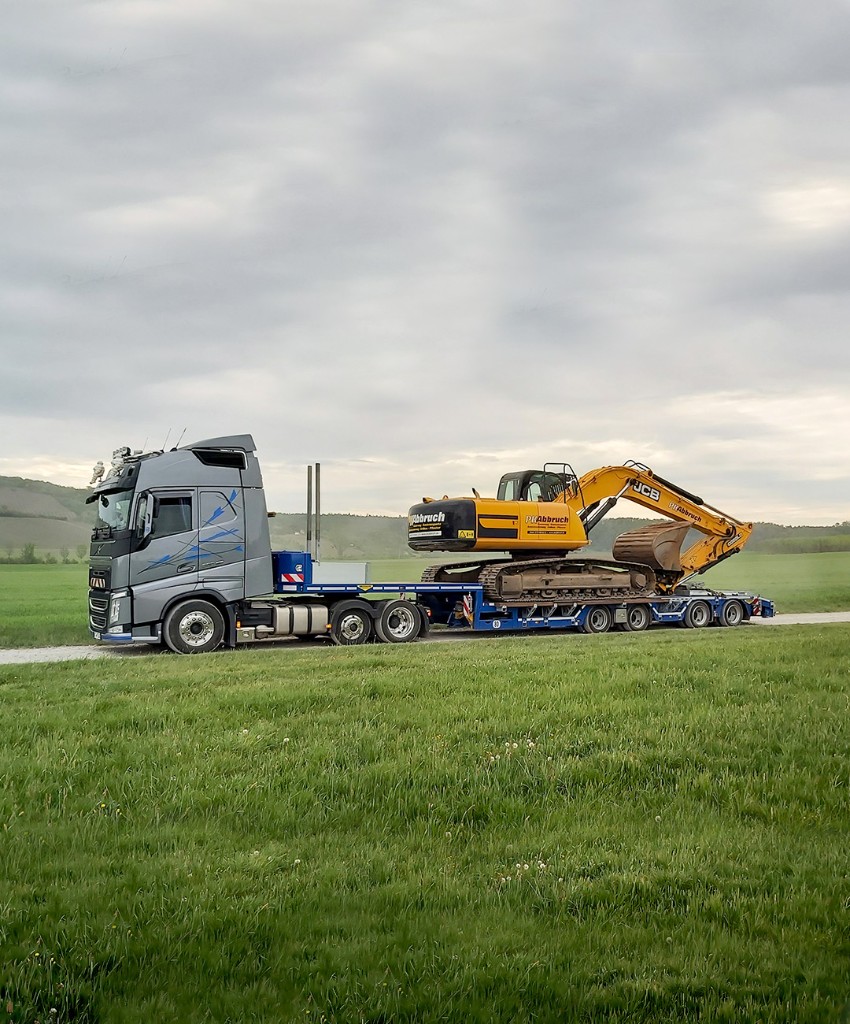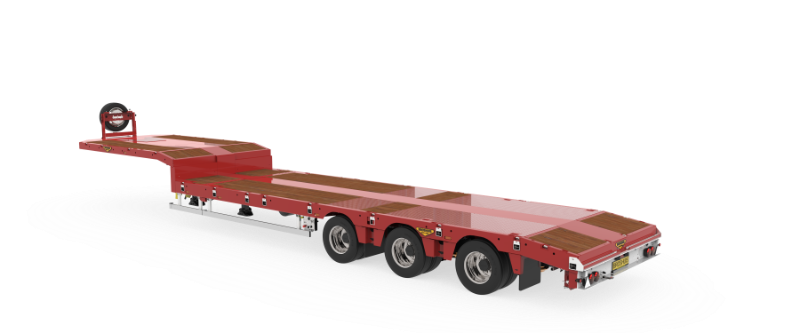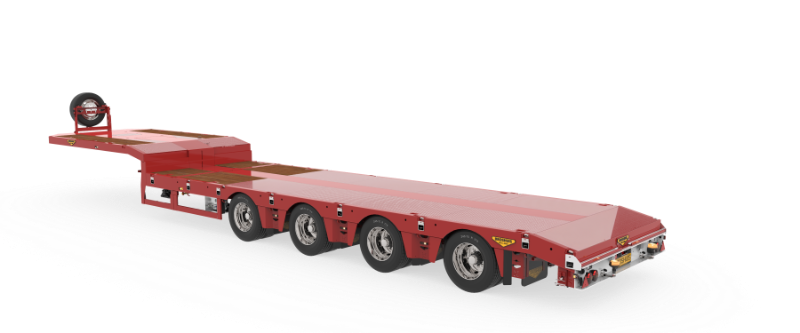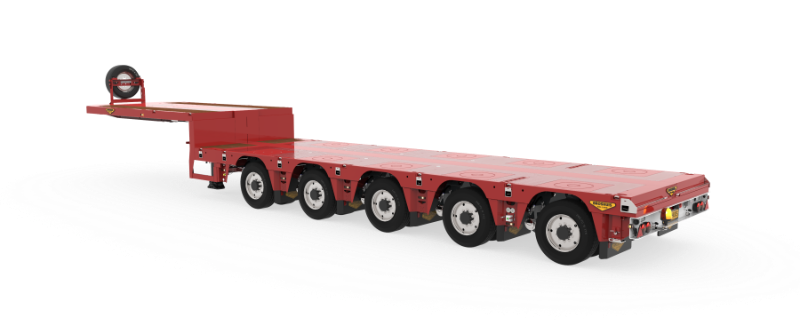Do you want to buy a semi low loader?
We have many years of experience in building semi low loaders and an extensive range of high-quality products.
We have the right products for each market; from construction, infra, industry and earthmoving machinery to chalet, forklift, telescopic boom lifts, agricultural and railway vehicle transport. We are happy to advise you personally so that you get the semi low loader that suits your operations. See all our markets. Annually, we build more than 500 semi low loaders in our factory in Kampen, the Netherlands. We are known as the specialist in building this type of trailer in the market.
Did you know that the US army also uses Broshuis semi's?
Quality down to every detail ensures that you can stand out from other transporters. We ensure minimum downtime and maximum availability, even after years of use!
Products
Hydraulically steered semi low loader
SL2 semi low loader (independent wheel suspension)
PL2 semi low loader (Pendle axle)
Which axle type suits me?
We are the only provider of all axle types and can give you independent advice on what really suits you. Configuring the optimal trailer for you is our goal! Read more below.




